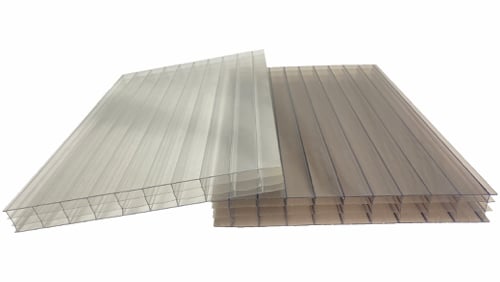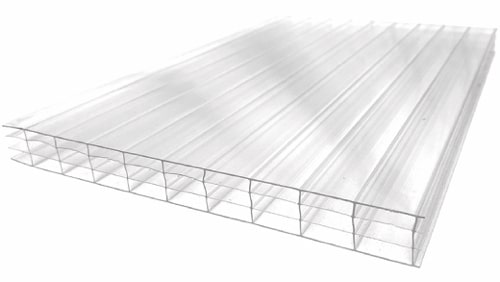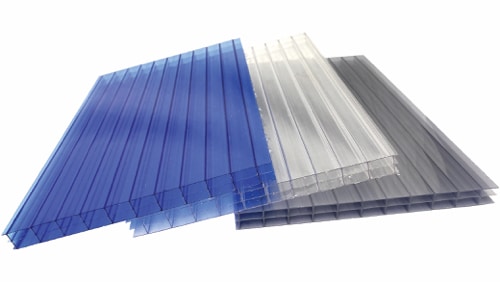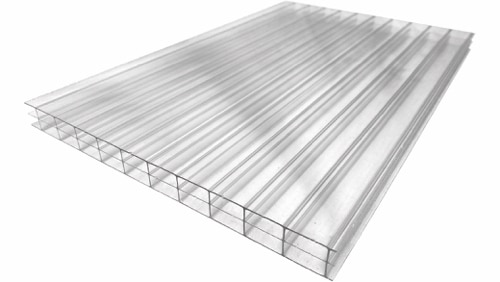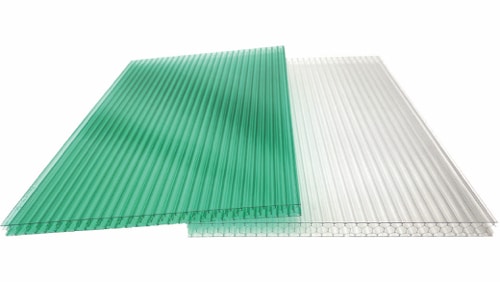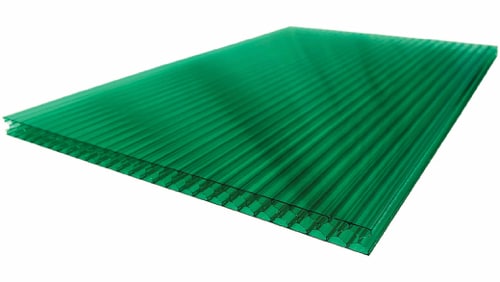Polycarbonate sheets, while being exceptionally strong and at the same time flexible, still requires specific preparations before, during and after fixing. So how to fix polycarbonate sheet? Different types of polycarbonate sheets also require different fixing methods, which translates to different fixtures, tools, and accessories required. Luckily the initial preparation prior to fixing is universal to all types of polycarbonate sheets, which is also mentioned in our Polycarbonate sheets how to cut article.
Preparations prior to fixing polycarbonate sheets
Before we talk more about how to fix polycarbonate sheet, as usual, safety first. It is always advisable to wear protective equipment such as protective eyewear, masks, and gloves. When it comes to installing and servicing panels, always use appropriate scaffolding and proper placement to ensure even weight distribution to avoid damage.
It is imperative to check the surfaces where the polycarbonate sheets will be placed which could be scratched or damaged by sharp protrusions or dust particles from the atmosphere.
How to fix corrugated polycarbonate sheets
Corrugated polycarbonate sheets come in different shape and size corrugations, and are suitable for single or multi-panel skylights or side lights in roofs and walls of metal-clad structures. Corrugated polycarbonate sheets can also be used independently as a roofing or cladding material on Shed, Gable, Hip or Dome type arrangements.
Shed, Gable or Hip type Roofing Installation:
Roof Pitch –
- A minimum slope of more than 5% is recommended when installing.
- VULCAN polycarbonate sheets should be installed at pitch rates of 10 percent (1″:10″ slope or 5.7°) or more.
- If installed at a lower pitch, additional sealing should be applied to insure weather resistance.

Panel Orientation:
Installation Direction –
- For multi-panel runs, begin the installation of VULCAN on the side away from wind and rain direction.

- VULCAN polycarbonate sheet surface is UV resistant, indicated by printing on the protected side. The protected side is up when the panel edges are both pointing down.

- VULCAN corrugated panels should be installed with the corrugated channels sloping downwards, which will reduce the accumulation of dirt and moisture.
Cold Curving and Bending Corrugated Profiles:
Though PC sheets have high flexural strength and can be cold bent, inner stress still occurs at the bend; external loads accumulated over time must also be taken into consideration when planning.
Radius (R)
- Outdoor Usage: R should be 180 times larger than the sheet thickness (t) – R ≧180 x t
- Indoor Usage: R should be 100 times larger than the sheet thickness (t) – R ≧100 x t
Curvature (θ)
- The curvature (θ) should be equal or smaller than 90° (θ ≦ 90°).
- If the curvature is >90°, then the areas with a <90° curvature should be reinforced.
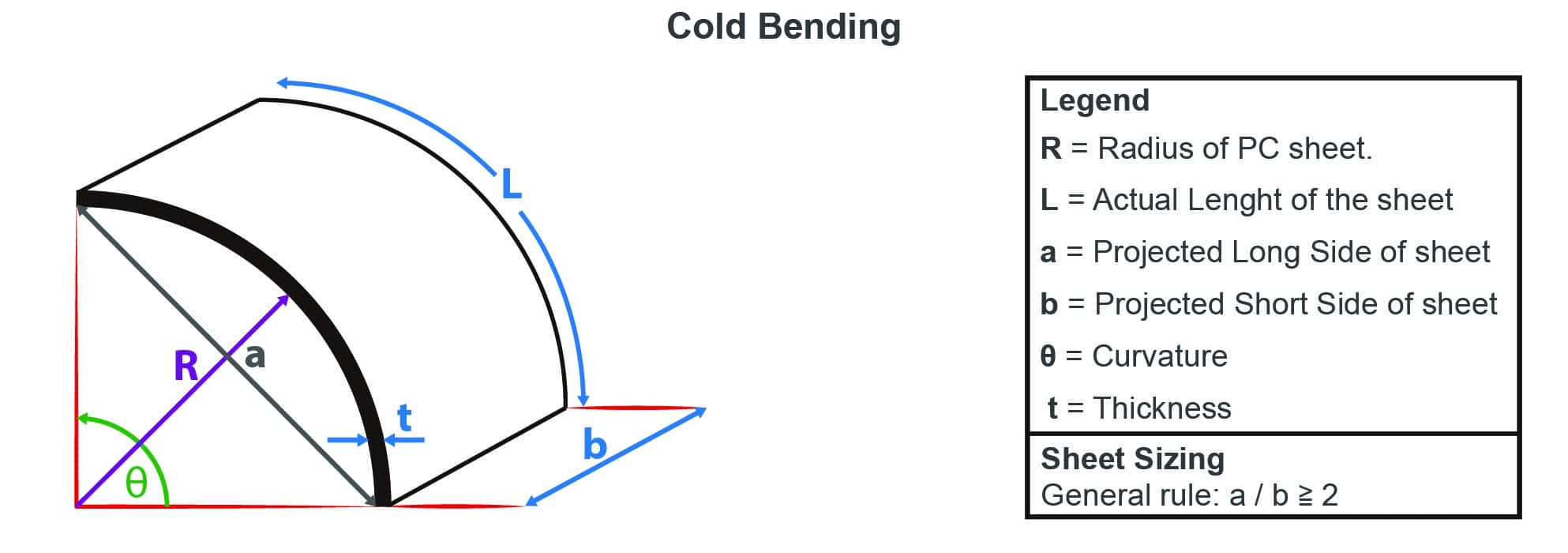
Accessories:
Purling Tape –
Apply Purlin sealing tape over side-lap corrugation crests, where covered by the next panel to stop the creaking of the sheet with contraction and expansion. Painted purlins in particular becomes tacky in hot weather and makes more noise.
Infill Foam Strips –
Made with high density EVA, VULCAN Infill Foam strips can be used between polycarbonate sheets and purlins, flashing or structure for weather proofing. VULCAN ROMA, TRIMDEK, and GRECA profile Infill conforms may be used between the sheet and flashing on the top edge of the roof, or between the purlin and the sheet at the gutter end of the sheet to weather seal.
Roof Fastener Fixing –
Roofing screws should always be affixed to the corrugation crest of the panels. The reason being water always finds its way to the lowest point, and on corrugated polycarbonate panels, the lowest point will always be the corrugation valleys.
Vulcan Poly-Fast and PolyXpand crest fixing fasteners are designed specifically for fixing roof sheets to steel or timber purlins and battens. During the drill and drive process, the cutting saw on Poly-Fast and the drilling-tip wings on PolyXpand both create an 11mm diameter thermal expansion hole, which is then completely covered by the extremely durable domed EPDM washer to create a perfect seal against the elements.
- Start fastening the screws from the first side-lap.
- Edge Purlin Fixing – Start fastening screws on the lower edge purlin (end-lap), through every 2nd crest. Fix on every crest overlap.
- Internal Purling Fixing – Fasten screws at the internal and upper edge purlins through every 3rd crest, starting from the same side as the lower edge purlin. Fix on every crest overlap.
- Screws and washers should be perpendicular to purlin, and tightened to the point where they are firmly seated, but not bulging. Avoid distortion of washer/gasket and panel.
Wall Fastener Fixing –
Wall cladding screws should be fixed on the corrugation valley of the panels. On vertical walls the spans can be increased by 10%.
Vulcan PolyXpand valley fixing fasteners are the best polycarbonate wall fixing fastener for the job; upon creating a thermal expansion hole, the dome EPDM washer conforms to and seals off the hole completely, to prevent leaks.
- Start fastening the screws from the first side-lap.
- Edge Purlin Fixing – Start fastening screws on the lower edge purlin (end-lap), through every 2nd valley. Fix on every valley overlap.
- Internal Purling Fixing – Fasten screws at the internal and upper edge purlins through every 3rd valley, starting from the same side as the lower edge purlin. Fix on every valley overlap.
- Screws and washers should be perpendicular to purlin, and tightened to the point where they are firmly seated, but not bulging. Avoid distortion of washer/gasket and panel.
For more information on how to fix polycarbonate sheet, email us at [email protected].
Related Products:

